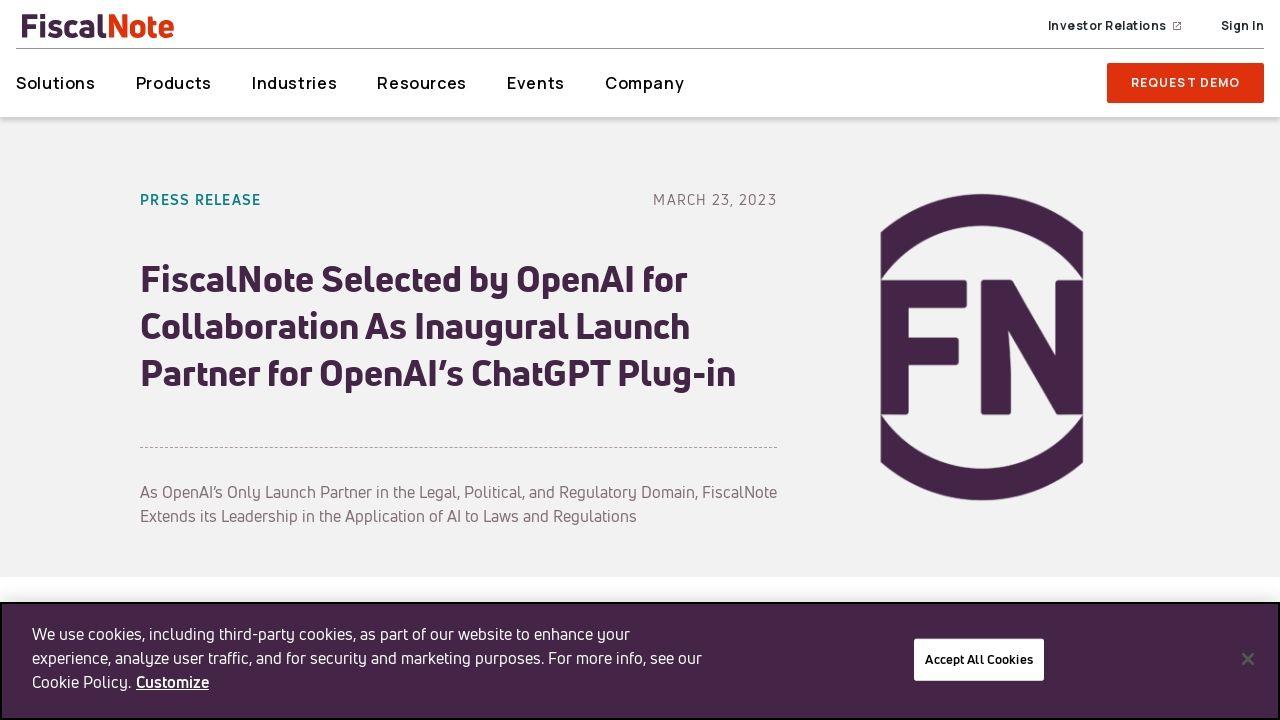Follow ZDNET: Add us as a preferred source on Google.
ZDNET's key takeaways
* OpenAI launched a shared projects mode and new connectors for ChatGPT.
* It also announced security upgrades for teams using the chatbot.
* It's part of a broader strategy to sell AI tools to businesses.
OpenAI has begun rolling out new team collaboration and security features for ChatGPT.
Also: Microsoft will compete with AWS to offer a marketplace of AI apps and agents
The new features -- which include a "shared projects" mode, a raft of new third-party app connectors, and security and compliance updates -- are collectively designed to boost enterprise customers' reliance upon and trust in the company's flagship AI chatbot. Here's what's new.
Shared projects
The new shared projects mode within ChatGPT allows the chatbot to remember the context of a group conversation over time. Individual team members can upload documents or other files to a shared project, and ChatGPT will pull data from those assets to inform the responses that it generates to future prompts within the chat.
Shared projects are stored privately and retain information across time, making them especially useful for team conversations centered on client data or other sensitive subjects and long-running conversations that are subject to frequent updates. A project creator within a team can invite colleagues to collaborate via link or email, similarly to how one would invite a colleague to access a Google Doc. Teammates can join in "chat" or "edit" mode.
Also: ChatGPT Pulse works overnight to produce personalized morning updates for you - how to try it
The update builds upon Projects, another feature for ChatGPT which debuted last year as a kind of digital filing system to help users organize their chats according to subject or project.
"Now you can share projects with teammates, adding files and instructions together to guide ChatGPT's responses toward a shared goal," OpenAI wrote in a blog post. "Members can chat with the project's context to stay on the same page as new information gets added and create work that stays consistent in tone and style."
OpenAI said that early tests with the new shared projects feature showed that teams were using it to stay updated on shared documents like proposals and contracts and to maintain a consistent voice across their organization's communications, among other uses.
Also: Your colleagues are sick of your AI workslop
The shared projects feature is available now through ChatGPT's Business, Enterprise, and Edu plans, and will be soon for Go, Plus, Pro, and Free accounts.
Connector updates
OpenAI also announced Thursday that it launched new connectors to Gmail, Google Calendar, Microsoft Outlook, Microsoft Teams, SharePoint, GitHub, Dropbox, and Box, giving ChatGPT the ability to pull information directly from these third-party apps.
The system can now automatically determine which connector to access without being specifically prompted, and ChatGPT's responses after a connector search are also now faster and more accurate, according to OpenAI.
Also: OpenAI tested GPT-5, Claude, and Gemini on real-world tasks - the results were surprising
In a brief demo video in the blog, a user asks ChatGPT for a summary of updates on a work project from their recent emails. The chatbot then pulls information from the user's Gmail account and generates a list of the latest relevant developments, along with action items and other info.
This particular update to ChatGPT reflects a broader effort throughout the tech industry to turn AI assistants into centralized nodes through which customers can retrieve information -- without being directed away from the assistant itself. For example, Anthropic announced a connector update in July for its Claude chatbot, enabling it to retrieve data from external apps like Canva and Asana. Earlier that same month, Zoom's AI Companion was upgraded with the ability to connect to over a dozen third-party apps.
Tighter security
For its third and final update announced Thursday, OpenAI has integrated new security protocols for teams using ChatGPT.
Also: AI helps strong dev teams and hurts weak ones, according to Google's 2025 DORA report
The company says its chatbot is now certified to ISO/IEC 27001, 27017, 27018, and 27701 standards, and that its SOC 2 compliance now covers Security, Confidentiality, Availability, and Privacy criteria.
The admins of Enterprise and Edu accounts can also specify which internal team members can access connectors and other features, adding a layer of security and control. They also now have access to an optional IP "allowlisting" feature that ensures that ChatGPT will only respond to requests from approved IP addresses.
"Any request from an unapproved IP is automatically blocked, even if the user has valid credentials," OpenAI writes in its blog post.
A growing focus on businesses
Many AI developers have been aggressively marketing to businesses as they work to commercialize generative AI products. OpenAI is reportedly building a workplace productivity platform to compete directly with Google Workplace and Microsoft Office 365, and ChatGPT is now used by over five million enterprise customers, according to the company.
Also: Microsoft Copilot now offers Claude models - how to try them
Anthropic, meanwhile, recently announced a $183 billion valuation -- a gargantuan figure that can be attributed in large part to the popularity of that company's products among enterprise customers.
Meanwhile, Microsoft and Amazon, in addition to building their own in-house models, are betting that they can become trusted middlemen for businesses looking to buy AI tools developed by other companies.


